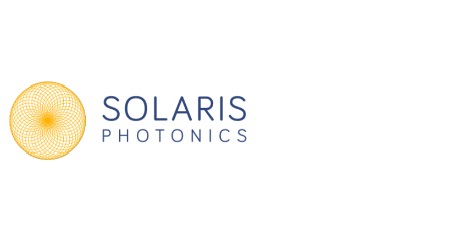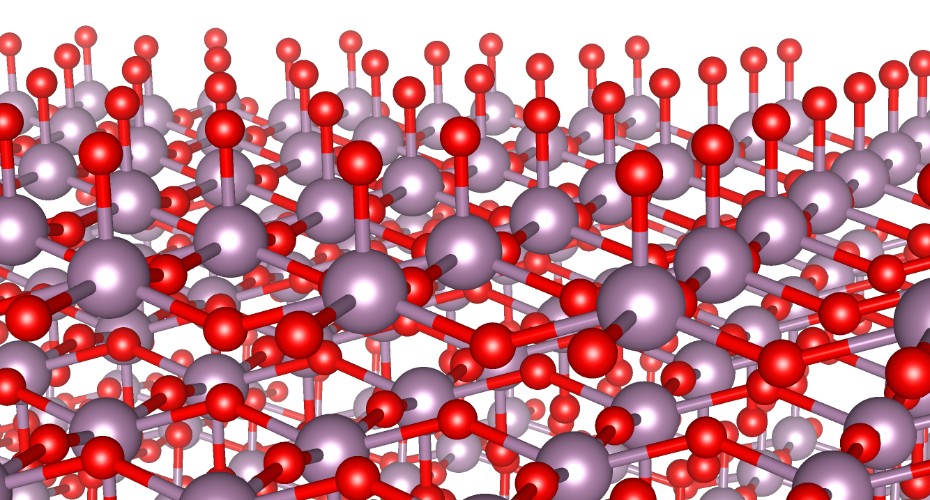Metamaterials for solar cells - Enhanced efficiency and lower cost?
A case study by Ned Taylora and Steve Hepplestonea and Solaris Photonics
aUniversity of Exeter
The problem
Solar cells provide a means of harnessing sunlight and converting it into electricity. This is achieved by the incident light exciting an electron-hole pair in a material. Within this material, the electron and hole should see drastically different electronic structures, such that the electron and hole are decoupled and one of the charge-carriers is able to pass into an electrode of the device.
This field is currently dominated by silicon solar cells, which is limited to a maximum theoretical efficiency of 28%.
Our solution
By considering other materials for solar cell devices, the hope is to reduce the production costs and offer a material with greater efficiency than that of silicon. This application’s potential is a price comparable alternative to silicon solar cells which could exceed silicon efficiency. Optimisation and development of the system is ongoing.
Solaris Photonics works with Dr. Hepplestone and N. Taylor to use cutting edge theoretical methods to search for suitable materials for the device.
Why use a metamaterial?
Metamaterials are made to display structure on the length scales of the waves being used by the system. In solar cells, metamaterial structures can be designed to have transparent contacts such that only the main active layer is the absorber.
Solar cells need what are termed as injection layers, which are responsible for creating an effective electric field across the device. These injection layers need to (a) have an offset in their effective Fermi levels (or work functions) and (b) be optically transparent or so thin that the wavelength of the relevant light has little to no interaction i.e. a metamaterial.


